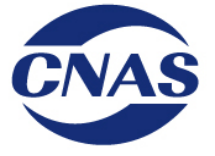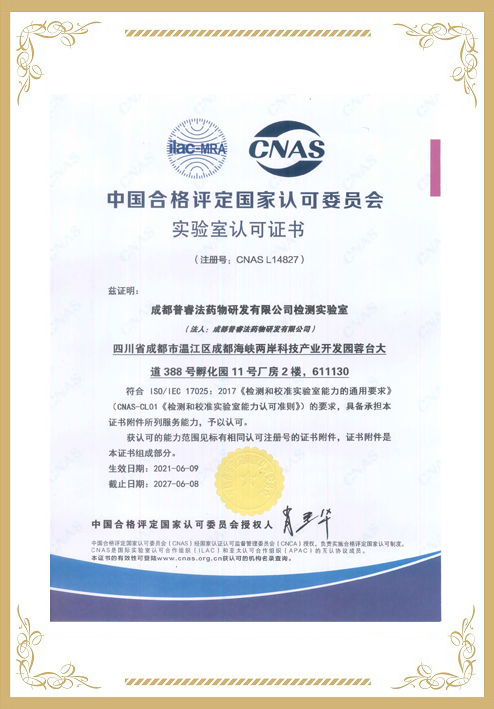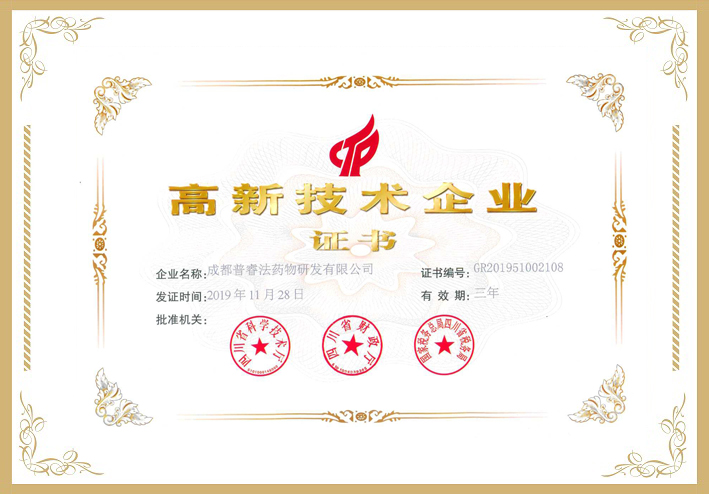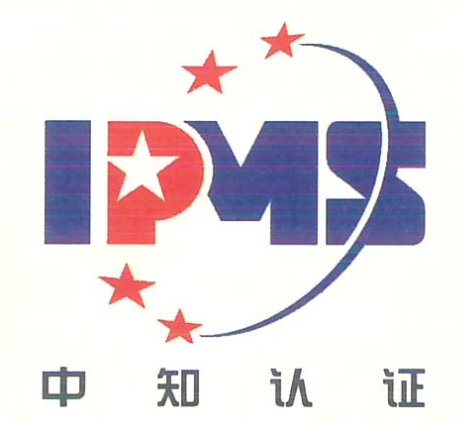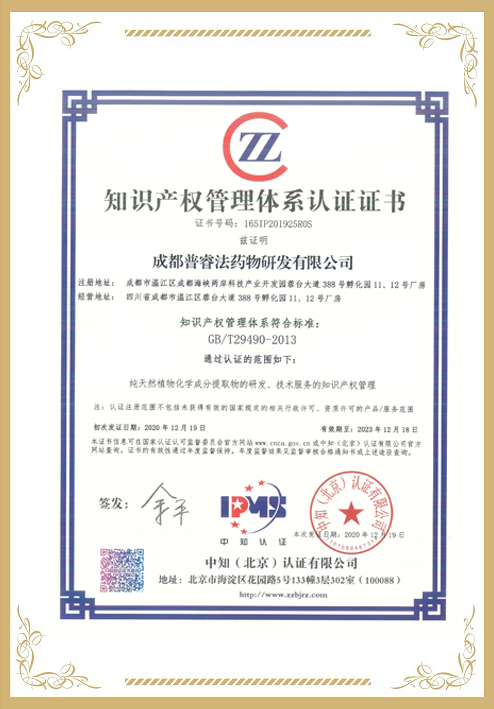Background
Pharmacokinetic studies are pivotal in drug development, focusing on absorption, distribution, and excretion of active compounds. Effective sample preparation methods play a crucial role in these studies. Traditional techniques like protein precipitation and liquid-liquid extraction often involve toxic solvents and are time-consuming. Recently, deep eutectic solvent (DES) has emerged as an eco-friendly alternative due to its high efficiency, low cost, and low toxicity. This study introduces a novel sample pretreatment method using CO2-switchable DES in liquid-liquid microextraction (LLME) to enhance speed, accuracy, and sensitivity in complex biological samples analysis.
Results
A liquid-liquid microextraction sample pretreatment method based on switchable DES combined with high-performance liquid chromatography-tandem mass spectrometry (HPLC-MS/MS) was established for the analysis of urine and tissue samples. The method was optimized through systematic investigation of key parameters, including DES type, volume, molar ratio, pH, vortex time, gas purge time, and salt addition. The resulting procedure exhibited satisfying linearity (r2 ≥ 0.9958), good precision (RSD ≤6.01 %), desirable recovery (52.44%–98.12 %) and matrix effect (86.22%–119.30 %), and the accuracy and precision of stability were within the ±15 % limit. The proven methods were further applied to urinary excretion study and tissue distribution study of Nelumbinis plumula (NP) extract. The results indicated that the total cumulative excretion of liensinine, isoliensinine and neferine in urine within 240 h was 4.96 %, 0.66 % and 0.44 %, respectively. The tissue distribution study showed that alkaloids mainly distribute in liver, kidney, and spleen.
Significance
This research introduces a groundbreaking technique distinguished by its simplicity, speed, cost-effectiveness, and environmental friendliness. This approach, utilizing CO2-switchable DES as an extraction solvent for LLME, integrates deproteinization and removal of interfering molecules into a single step. This integration showcases its efficiency and convenience, demonstrating significant promise for various applications in the analysis of biological samples. Additionally, this study provides the first report on urinary excretion and tissue distribution of alkaloids from NP using a DES-LLME method. These findings offer valuable insights into the in vivo behavior of herbal medicine, enhancing understanding of pharmacological actions and facilitating clinical rational administration.
















